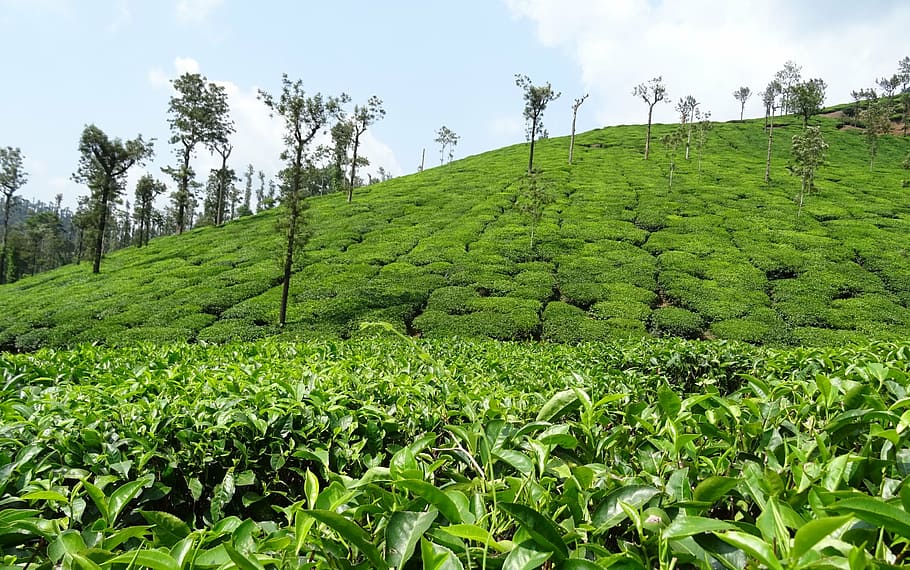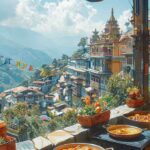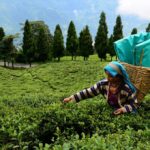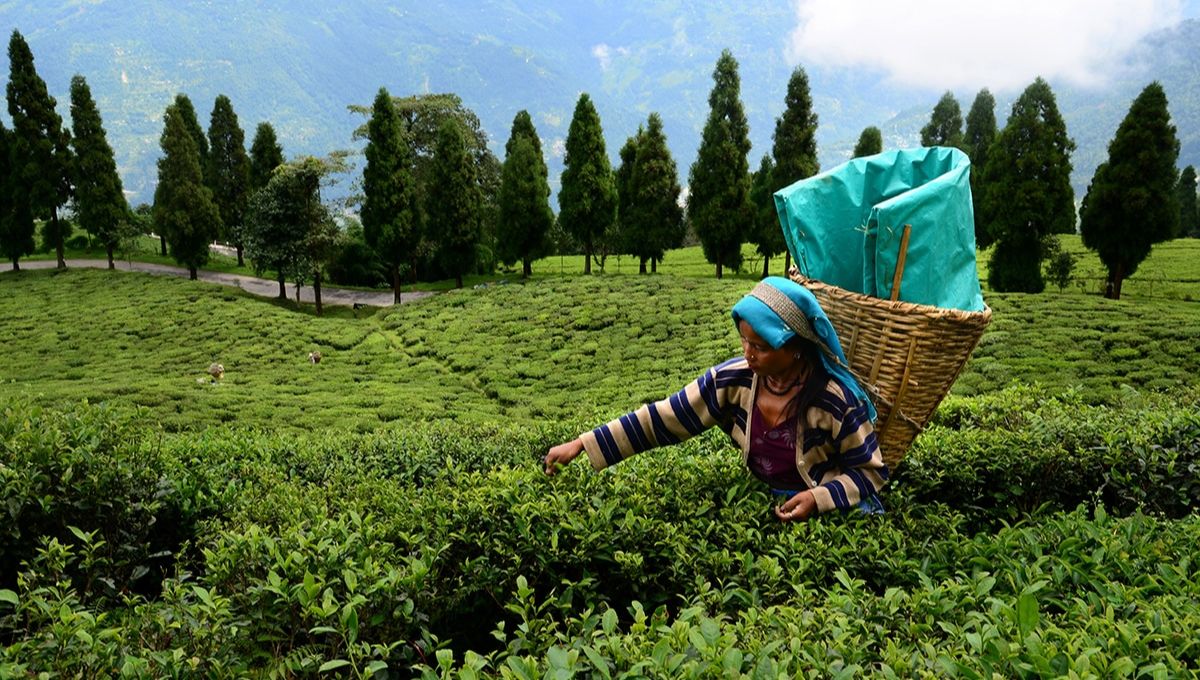Sikkim, a small state nestled in the Himalayas, is renowned for its stunning landscapes, rich culture, and, most intriguingly, its tea gardens. These verdant expanses of neatly pruned tea bushes, coupled with majestic mountains as a backdrop, create a breathtaking sight. If you are seeking a unique experience in Sikkim, visiting the tea gardens should not be missed. This guide will help you make the most out of your visit to Sikkim’s tea gardens.
The History of Tea in Sikkim
Tea cultivation in Sikkim began in the late 19th century, introduced by British planters who recognized the region’s favorable climate and soil conditions. Initially, tea was planted on a small scale, but over the decades, it grew into a significant agricultural endeavor. Many local families depend on tea for their livelihood, and the tea gardens have become a significant part of Sikkim’s identity.
Getting There
Sikkim is accessible by road from various parts of India, with the nearest airport in Bagdogra, West Bengal. From Bagdogra, one can hire a cab or take a shared taxi to reach Gangtok, the capital city. Most tea gardens are situated around Pelling, Gangtok, and the surrounding regions, making these cities ideal starting points for your tea garden explorations.
Recommended Tea Gardens to Visit
- Temi Tea Garden
Located in the Temi Valley, this is one of the most famous tea gardens in Sikkim. Spanning over 440 acres, Temi Tea Garden is well-known for its organic tea, particularly the black tea variety. The picturesque landscape offers a stunning view of the Kanchenjunga range, making it a great place for photography and tranquility.
- Mangal Dham Tea Estate

Situated near Pelling, Mangal Dham is an excellent spot to witness the unique tea-making process. This estate focuses on producing quality tea while also promoting sustainable farming practices. The tea garden is smaller than Temi, providing a more intimate experience.
- Gurudongmar Tea Garden
Perched at a high altitude, the Gurudongmar Tea Garden is unique due to its rare tea variety and stunning panoramic views. The elevation offers an entirely different terroir, resulting in exquisite flavors. It’s ideal for adventurous spirits, with trekking routes nearby.
- Kewzing Tea Garden
Located in South Sikkim, Kewzing Tea Garden offers visitors a chance to explore lesser-known tea varieties. Its lush landscape and the backdrop of the mountains make it a peaceful retreat. The local community is welcoming, often sharing their stories and culture with visitors.
Best Time to Visit
The best time to visit Sikkim’s tea gardens is during the spring (March to June) and autumn (September to November). In spring, the gardens are vibrant and lush, with fresh tea leaves ready for plucking. The autumn months bring clear skies and a pleasant climate, making it ideal for outdoor activities and sightseeing.
What to Expect During Your Visit
Scenic Beauty
As you stroll through the tea gardens, you will be surrounded by lush green hills. The smell of fresh tea leaves fills the air, creating a soothing atmosphere. The gardens are dotted with small pathways that lead you deeper into the tea fields, where you can marvel at the natural beauty around you.
Tea Tastings
Most tea gardens offer guided tours that include tea tastings. You can savor the flavors and aromas while learning about the tea-making process. Some tea estates even have small cafes where you can enjoy a cup of freshly brewed tea along with local snacks.
Local Culture

Visiting the tea gardens provides a glimpse into the local culture and lifestyle. You may meet tea pickers who are often seen plucking the tea leaves by hand. They are friendly and can share insights about their work and the significance of tea in Sikkimese culture. Participating in local customs can enrich your experience.
Activities to Enjoy
Guided Tours
Take advantage of guided tours offered at many tea estates. This will ensure a comprehensive understanding of the tea-making process, from cultivation to processing. Guides usually share fascinating stories about the history and development of tea in Sikkim.
Photography
The picture-perfect landscapes provide excellent opportunities for photography enthusiasts. Early morning or late afternoon light casts a golden hue over the tea gardens, enhancing their natural beauty. Don’t forget to capture the majestic Kanchenjunga range in the background!
Trekking
If you’re keen on adventure, consider going for short treks nearby. Some tea estates are located near trails leading to stunning viewpoints. This way, you can explore the scenic beauty of Sikkim further while enjoying a rejuvenating hike.
Local Cuisine to Try
While visiting tea gardens in Sikkim, don’t miss out on local delicacies. Many tea estates feature small eateries where you can sample local cuisine. Some must-try items include:
- Momos: Steamed dumplings filled with vegetables or meat, often served with a spicy dipping sauce.
- Thukpa: A hearty noodle soup for travel that is comforting and filling, ideal after a long day of exploring.
- Tea-infused dishes: Some eateries creatively incorporate tea into their menu, offering unique flavors that reflect the local culture.
Sustainable Tourism Practices
As tourism continues to grow in Sikkim, it’s essential to practice responsible tourism. Supporting local tea gardens that emphasize sustainable farming is crucial for preserving the environment and the culture of the region. When visiting, remember to respect the local customs, minimize waste, and cherish the beauty of the surroundings.
Conclusion
Visiting the tea gardens of Sikkim offers an immersive experience that combines natural beauty, cultural richness, and culinary delights. Whether you’re sipping organic black tea while gazing at the mountains or trekking through lush gardens, the tranquility and charm of Sikkim’s tea gardens will leave an everlasting impression. So pack your bags and get ready to explore one of Sikkim’s most delightful offerings!
Travel Tips
- Dress Comfortably: Wear lightweight, breathable clothing and comfortable shoes, especially if you plan on walking through the tea gardens.
- Carry Cash: While many places accept digital payments, it’s safe to have some cash on hand for local markets or smaller eateries.
- Stay Hydrated: It’s easy to get dehydrated while exploring, especially if you’re trekking. Always keep a bottle of water handy.
- Respect the Environment: Follow recycling guidelines and discard waste responsibly to keep Sikkim beautiful.
Now that you’re equipped with all the information, get ready to immerse yourself in the world of Sikkim’s tea gardens. Each visit is a chance to connect with nature, enjoy delectable tea, and uncover the secrets of this Himalayan paradise. Let Sikkim’s rich tea culture captivate your senses and provide you with memories you’ll treasure for a lifetime. Safe travels!
For more information about visiting tea gardens in Sikkim and other beautiful places to visit in Sikkim click on the given link: https://sikkimtourism.org/places-to-visit-in-sikkim/









